Thornton central village: $150m plan for 550 homes refused by NSW Planning Panel despite Penrith Council support
A masterplanned development in and already bustling community in Sydney’s western suburbs was knocked back by planning bureaucrats despite council support and an independent review.
NSW
Don't miss out on the headlines from NSW. Followed categories will be added to My News.
A masterplanned community featuring four landmark high-rise towers, more than 550 homes, a new shopping centre, a state-of-the-art developer-funded PCYC facility, as well as a retail hub featuring a new supermarket and child care centre just metres from a train station.
That is what could have replaced a massive vacant lot at the heart of the Penrith CBD.
But developers behind the already masterplanned community of Thornton in Sydney’s west have been blocked at the last hurdle by yet another group of planning boffin bureaucrats.
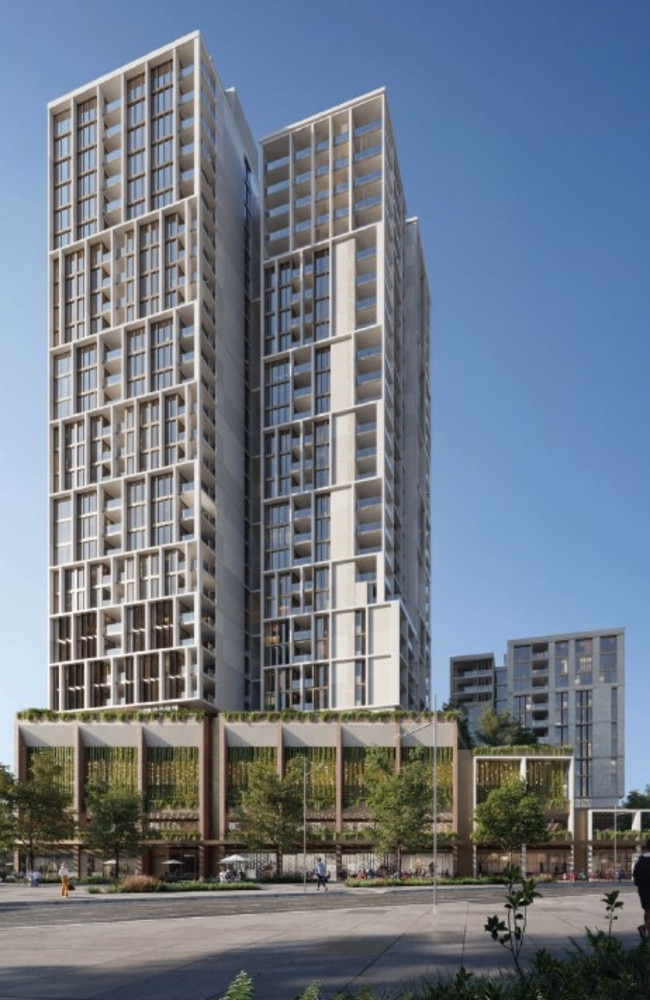
The refusals from the Sydney Western City Planning Panel comes despite Penrith Council planners and an independent review calling for the residential community to be given the tick of approval.
Developers, Thornton North Penrith, wanted to turn a vacant parcel of land at 184 Lord Sheffield Circuit into an expanded $183 million high-rise residential and retail precinct, even completing a “competitive design process” in order to get the best planning outcomes for the site.
‘‘Thornton Central Village is a bold masterplan, transforming over one hectares of greenfield land into a local retail village and residential development,” planners for the project said. “Located within Penrith City and adjacent to the new Penrith Railway Station, the masterplan
concept is about neighbourhood, community and connection to the nature of the Blue Mountains.
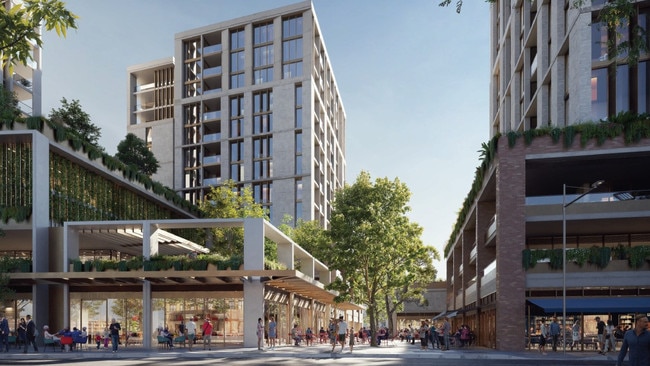
Four towers ranging from nine to 27-storeys in height, would have been built near a series of already established apartment buildings, terraces and homes in the masterplanned community.
“Thornton is rapidly developing with several nearby developments completed or under
construction,” the developers said in plans submitted to the planning panel.
International Housing Affordability Report by Demographia ranks Sydney second worst
Sydney’s Eastern suburbs to cop brunt of NSW’s overhauled housing target
“Thornton Central Village will form a key hub within this evolving residential neighbourhood. “It will provide an improved connection between the station and the commuter parking area, offering a range of retail facilities including a large supermarket, specialty shops, childcare,
commercial space, and residences.”
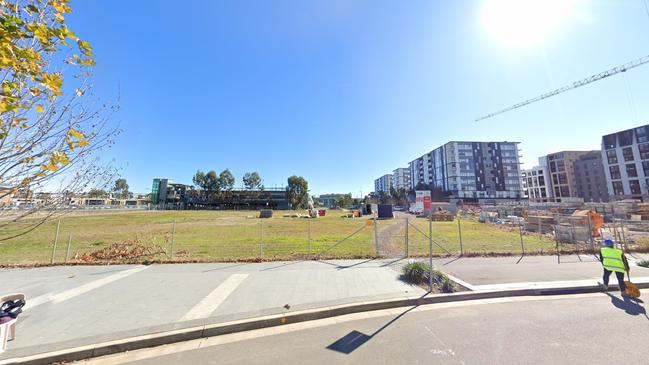
The Sydney West Planning Panel, chaired by Paul Mitchell, argued the developers couldn’t “demonstrate that the community infrastructure offers will provide sufficient value to the Penrith city centre”.
The planning panel argued PCYC facilities, set to be provided at no cost to the community, “largely duplicates facilities already available in the city centre” and did not provide additional benefits to the community.
Sydney housing crisis: Micro-lot housing rises as 6800 homes built on 270sq m lots
NSW housing crisis: 11,000 homes rejected by NSW Planning in 2023-24 financial year
“In the absence of clear evidence that the nature and value of the community infrastructure being offered would be of benefit to the Penrith city centre, proportional to the uplift being sought in the applications, the panel considered that approvals would bot be in the public interest,” the panel statement reads.
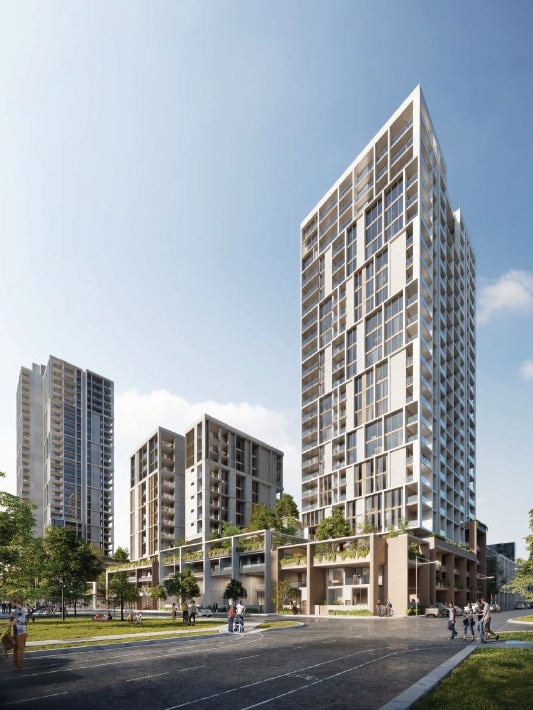
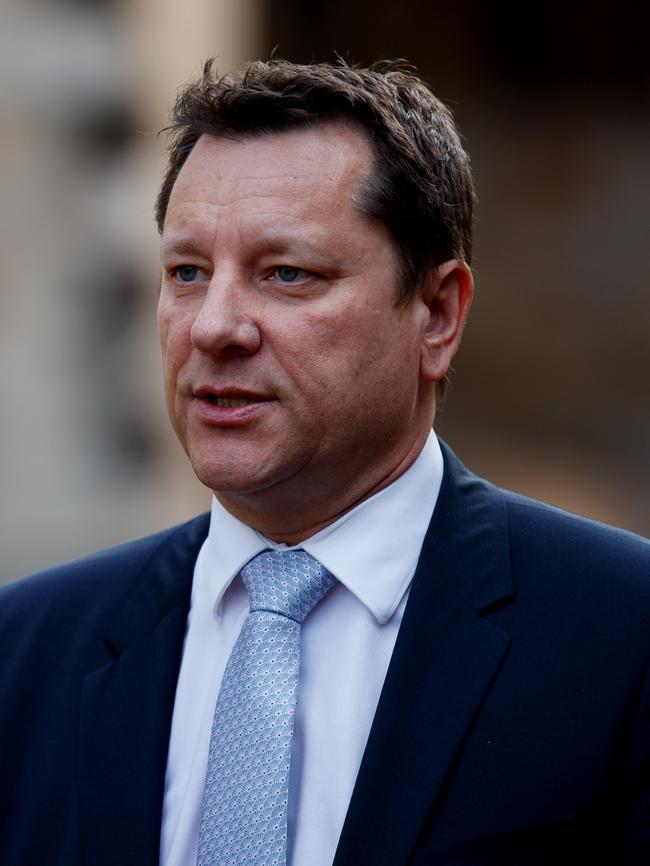
The refusal for the masterplanned project comes before NSW Planning Minister Paul Scully this week announced new performance standards and monitoring of councils development assessment and approvals in an effort to build 377,000 homes by mid 2029.
“We are now introducing new performance standards and monitoring because if we don’t measure performance then we can’t monitor it properly,” The Planning Minister said.
“The NSW Government has also announced sweeping planning reforms to rebalance new housing around transport hubs, a pattern book on the way, new housing targets and now Council League Tables to monitor and measure councils’ performance, and more to come.”





